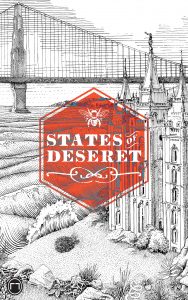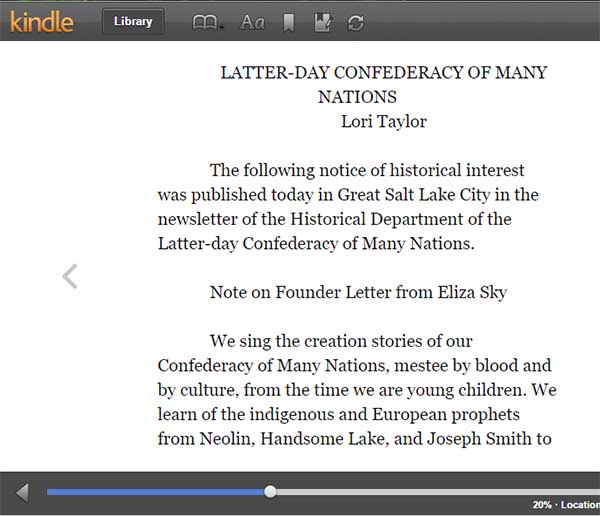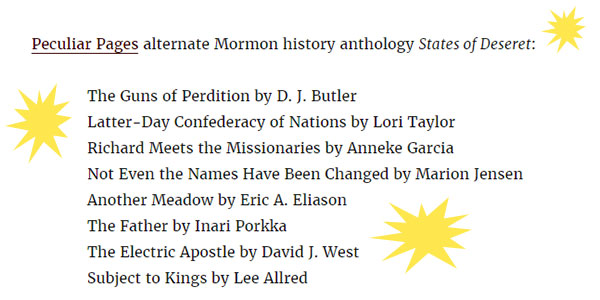
After some Twitter interaction about Bob Dylan, I heard from two people that they would like to read my Master’s thesis: The Politicized American Legend of the Singing Hero: Joe Hill, Woody Guthrie, Pete Seeger, Bob Dylan, and Bruce Springsteen (Master’s thesis, The George Washington University. 1989). I did request that people let me know if which of my articles and other works they would like to see next, so this is next.
I don’t have any idea where my final copy of it lives now, but it turns out I sent my mother a near final draft (“Some day in 1989”?), and I found this copy in her papers. Slowly these 144 dot-matrix pages will be digitized.
This will be the main page for the full text:
Note: In 28 years plus, a lot has happened to extend the narratives of singing heroes. I aspire to tell that story, but this story is frozen in the late 1980s.
Bonus: Eleven years after my mother’s death, I’m hearing her in my head as I read her notes on this copy. I still have a difficult time reading her writing.
Not a bonus: I find plenty of opportunity for pain while reading my 21-25-year old self’s cringe-worth version of academic speak. I wrote this after I worked as an editor for a publishing house, writing back cover copy, following my boss’s orders to “Pop it up!” So, it’s better than it could have been. A generation working in marketing leaves me better at popping it up now, so I only see the gap in my voice (and grammar) over time.
 An old friend of mine is concerned to see Broadway musicals created of Woody Guthrie’s and Bob Dylan’s music. “Is nothing sacred?” he asked.
An old friend of mine is concerned to see Broadway musicals created of Woody Guthrie’s and Bob Dylan’s music. “Is nothing sacred?” he asked.


